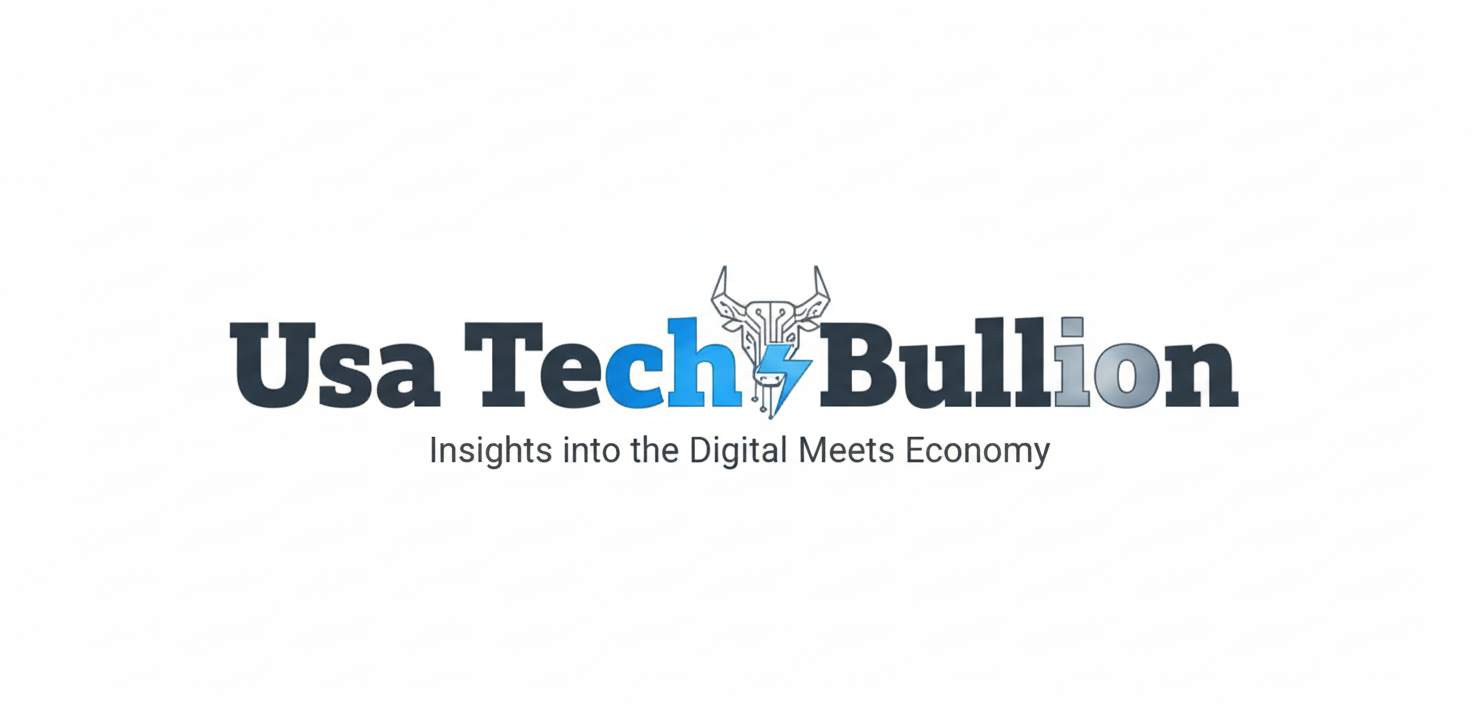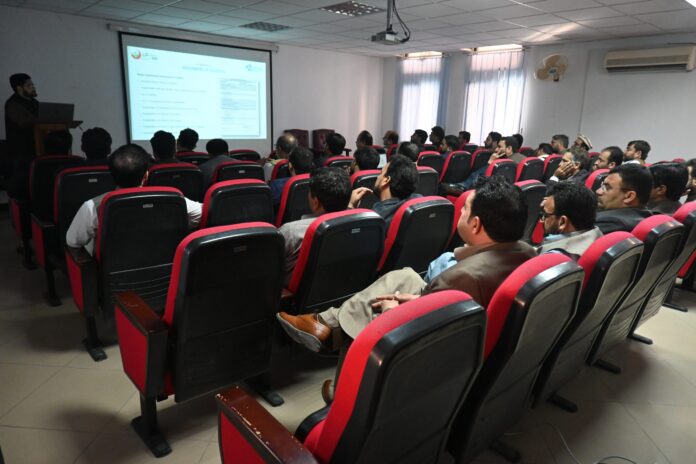Introduction
In today’s complex world of governance and development, transparency and accountability are key to building public trust. Whether in government departments, international organizations, or corporate sectors, monitoring systems are essential to ensure that goals are being met efficiently and ethically. One of the most impactful innovations in this space is the Independent Monitoring Unit (IMU) — an autonomous body that observes, evaluates, and reports on policies, projects, and performance.
The IMU operates independently of the implementing authority, ensuring that oversight remains objective, data-driven, and free from political or institutional bias. This article explores the concept, structure, and importance of an Independent Monitoring Unit, as well as its growing relevance in modern governance and policy execution.
What is an Independent Monitoring Unit?
An Independent Monitoring Unit (IMU) is a neutral body established to monitor the progress, impact, and compliance of government or organizational projects. Its purpose is to ensure that performance indicators and targets are achieved transparently and efficiently. Unlike internal monitoring systems, an IMU functions without influence from the agency it evaluates, allowing it to produce unbiased and credible assessments.
In many cases, IMUs are formed by governments, donor agencies, or NGOs to evaluate the performance of programs such as education, health, infrastructure, or governance reforms. The independence of the IMU ensures that reports and findings are not altered to fit political narratives or institutional interests.
Key Objectives of an Independent Monitoring Unit
The core objectives of an IMU include:
- Ensuring Transparency:
IMUs provide transparent insights into project performance, highlighting areas where objectives are met and where improvements are needed. - Enhancing Accountability:
By holding implementing bodies accountable for their performance, IMUs ensure that resources are used responsibly and that commitments are fulfilled. - Supporting Evidence-Based Policy Making:
IMUs collect, analyze, and present data-driven findings that can guide policymakers in making informed decisions. - Improving Efficiency and Outcomes:
Regular performance evaluations help organizations identify inefficiencies early and take corrective actions. - Building Public Trust:
Transparent reporting and data publication improve citizens’ trust in institutions and public administration.
Structure and Functioning of an IMU
An IMU typically comprises experts from multiple fields, including data analysis, economics, management, social sciences, and policy evaluation. The structure of the IMU depends on its mandate, but it generally includes the following components:
- Governance Board:
The board ensures operational independence and sets strategic directions. It often includes representatives from academia, civil society, and independent experts. - Technical Team:
This team is responsible for conducting field surveys, data collection, and analysis using standardized methodologies. - Reporting and Publication Wing:
This division ensures that reports are shared publicly and accessible to policymakers, the media, and citizens. - Evaluation and Audit Wing:
The unit may also conduct performance audits to assess financial integrity and goal alignment of various programs.
IMUs work by collecting real-time data, conducting on-ground assessments, and evaluating performance against agreed-upon benchmarks. Reports generated by IMUs are often made public to enhance transparency and drive accountability.
Importance of an Independent Monitoring Unit
The growing importance of IMUs cannot be overstated. In an era of data-driven governance, stakeholders increasingly demand transparency and measurable results. Here’s why IMUs are crucial:
1. Strengthening Governance
IMUs serve as watchdogs that help identify irregularities, inefficiencies, and corruption within government projects. Their independent nature ensures that evaluations are factual and not politically motivated, contributing to better governance.
2. Promoting Transparency and Integrity
Public access to IMU findings promotes open dialogue and allows citizens to track how effectively their tax money is being used. This fosters a sense of accountability among public officials and implementing partners.
3. Facilitating Donor Confidence
In international development programs, donor agencies often require independent monitoring to ensure that funds are used for intended purposes. IMUs provide reliable assessments that reassure donors about the impact and integrity of funded projects.
4. Enhancing Data Accuracy
Since IMUs operate independently from implementing agencies, the data they produce is generally more accurate and unbiased. This improves the overall credibility of monitoring and evaluation systems.
5. Driving Performance Improvements
IMUs not only highlight challenges but also recommend practical solutions to enhance performance. Their evidence-based insights help government bodies make strategic adjustments to achieve desired results.
Examples of Independent Monitoring Units in Practice
1. Education Sector
Several countries have established IMUs to monitor education reform initiatives. For example, IMUs in South Asia assess school enrollment rates, teacher performance, and learning outcomes to ensure that educational targets are achieved.
2. Health and Social Welfare
Health monitoring units evaluate the effectiveness of vaccination drives, maternal care, and disease control programs. Their findings often guide ministries in reallocating resources more effectively.
3. Infrastructure and Development Projects
Infrastructure-related IMUs monitor road construction, public housing, and energy projects. They assess cost overruns, timelines, and compliance with environmental standards.
4. Governance and Accountability Projects
Many countries use IMUs to monitor anti-corruption strategies, judicial reforms, and e-governance initiatives to ensure transparency and efficiency.
Challenges Faced by Independent Monitoring Units
Despite their effectiveness, IMUs face several operational and institutional challenges:
- Political Interference:
Even though they are designed to be independent, IMUs sometimes face political pressure that can influence their findings. - Data Access Limitations:
Agencies being monitored may restrict access to key information, making it difficult for IMUs to conduct comprehensive evaluations. - Funding Constraints:
Sustaining an independent monitoring mechanism requires continuous funding, which can be a challenge for developing nations. - Capacity Gaps:
Lack of skilled professionals or modern tools can affect the quality of analysis and reporting. - Implementation Resistance:
Implementing agencies may resist IMU recommendations, delaying reforms or corrective measures.
Strategies to Strengthen Independent Monitoring Units
To enhance their effectiveness and credibility, the following strategies can be adopted:
- Legal and Institutional Autonomy:
IMUs should be established under an independent legal framework to prevent interference from political or executive authorities. - Adequate Funding:
Sustainable funding mechanisms must be ensured through multi-source financing, including public, private, and donor contributions. - Capacity Building:
Continuous training of staff in data analytics, evaluation methodologies, and policy analysis strengthens IMU performance. - Public Engagement:
IMUs should involve citizens, media, and civil society organizations in disseminating findings to build public awareness. - Digital Monitoring Tools:
Incorporating advanced technologies like GIS mapping, AI-based data analysis, and real-time dashboards can improve data accuracy and speed of reporting.
The Future of Independent Monitoring Units
As governance becomes more data-centric, the role of IMUs is expanding beyond traditional evaluation. They are increasingly integrating digital systems and artificial intelligence to analyze massive datasets for predictive monitoring. Governments and organizations are recognizing that independent oversight not only prevents misuse of resources but also builds credibility with the public and international partners.
In the coming years, IMUs will likely evolve into integrated performance intelligence hubs, combining monitoring, evaluation, and forecasting functions to guide policymaking in real time. This transformation will help bridge the gap between planning and execution while ensuring that every policy decision is backed by reliable evidence.
Conclusion
The Independent Monitoring Unit plays a pivotal role in promoting transparency, accountability, and evidence-based decision-making. Its independence allows it to function as an unbiased evaluator of policies and programs, ensuring that governments and organizations operate efficiently and ethically.
By strengthening monitoring systems, ensuring data integrity, and fostering open communication, IMUs are helping shape a new era of transparent governance. As technology advances and the demand for accountability grows, the importance of IMUs will continue to rise — not only as oversight bodies but as crucial partners in sustainable development and institutional trust-building.
FAQs
1. What does an Independent Monitoring Unit do?
An IMU independently monitors and evaluates the performance of government or organizational projects to ensure transparency and accountability.
2. Why is independence important in monitoring?
Independence prevents bias and political influence, ensuring that monitoring results are credible and evidence-based.
3. How is an IMU different from internal audits?
Internal audits are conducted within an organization, while IMUs operate externally, ensuring impartiality in evaluation.
4. Who funds Independent Monitoring Units?
IMUs may be funded by governments, donor agencies, or multi-stakeholder partnerships, depending on their mandate.
5. What sectors commonly use IMUs?
Education, health, infrastructure, governance, and development sectors commonly employ IMUs to ensure effective monitoring and evaluation.


